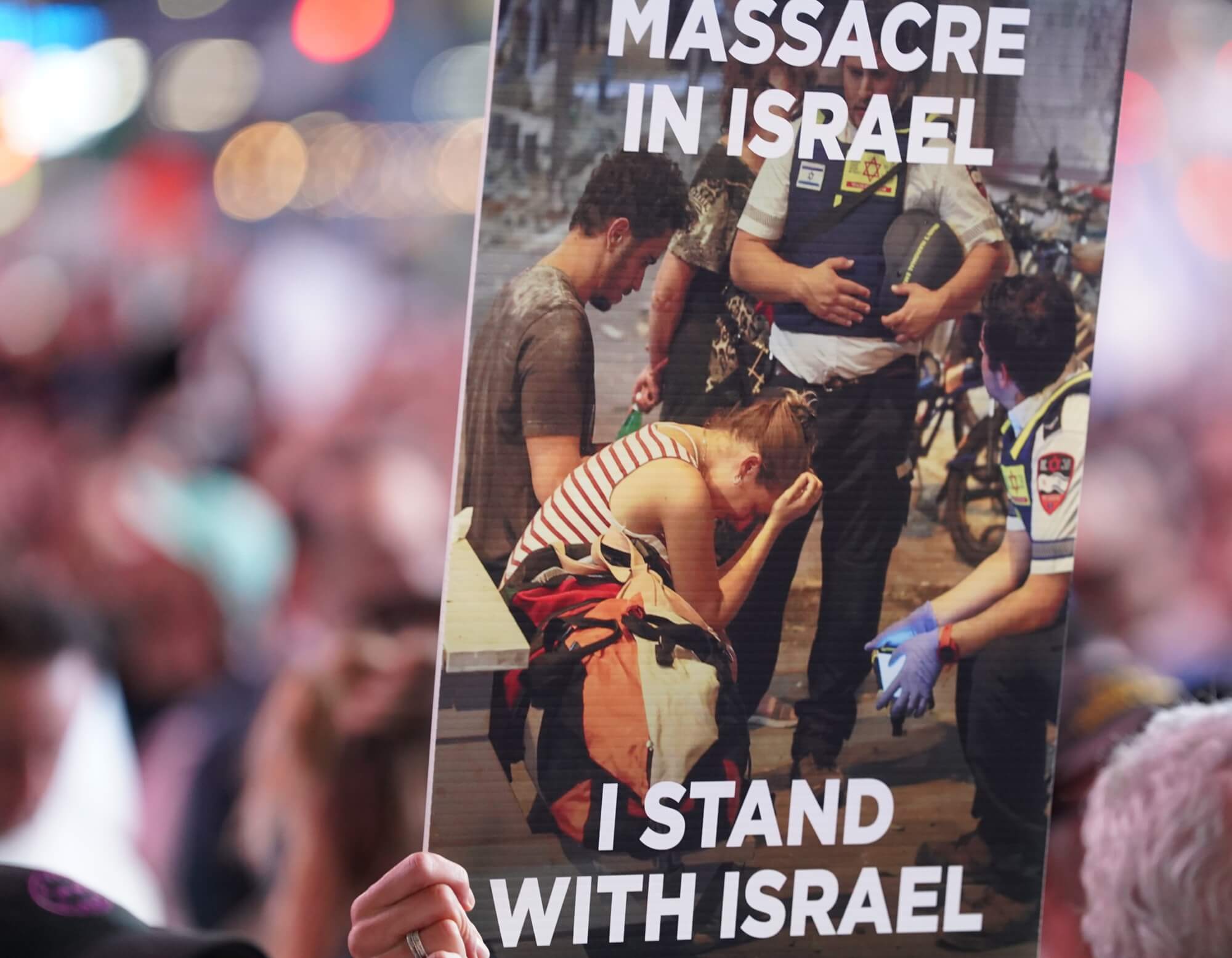The enemy uses 'fake news' spread on social networks to create deterrence and fear and dissolve our sense of resilience and security

We are witnessing the most connected, documented and photographed war ever. Social networks are flooded with information, some of which may be wrong, misleading and even malicious. Dr. Gal Yaevtz, from the Department of Information Sciences at Bar-Ilan University, writes about the war going on online.
Among the horrors and terrible sights that surround us since the surprise attack by Hamas, we are exposed almost every day to unbelievable stories of heroism, of courage and steadfastness, sacrifice and solidarity. Among these stories we can mention (in a partial to minimal list) Amit Man, the medic from Kibbutz Bari who remained at the clinic and cared for the wounded until her last breath, and Shlomo Ron, 85 years old from Nahal Oz, who paid with his life for the protection of his family. They are joined by many other stories, such as the Bedouin shuttle driver Yosef (whose last name was not published) who risked his life to drive young people away from the massacre at the party, and many others, some of whom may not even be heard from soon.
These stories are all that is left behind for their loved ones, and their memory is sacred. Therefore, it is particularly difficult to think that the Internet will be a fertile ground for spreading conspiracy theories and disinformation (misleading information) about such people. The story of the late Sergeant Major Alon Bard, an investigator at the Rahat station, stands out in particular. Alon sacrificed his life in the battle against the terrorists and saved many people. Immediately in the first days after the surprise attack, rumors began circulating on social media about "someone from the inside", wearing a blue shirt who spoke Hebrew. An anonymous user on Twitter ("troll", in Internet parlance) spread a rumor that the man in the picture is the late Sergeant Major Bard. It took that troll almost a whole week to apologize, but the damage was already done.
There is dis-information (misleading information) in the network that parties produce with malicious intent, for financial gain, political or military motives or any other reason. The second and more common type is misinformation, false information that we received and passed on without checking first. Terrorists and criminals use social networks to create deterrence and fear and dissolve our sense of resilience and security that was already damaged on 7.10. Therefore, there is no need to add more panic
In false stories that are published online every day, such as the rumor that the attack could not have been carried out without traitors from the army who collaborated with the enemy. These stories are relayed to the controllers of networks that have already lost any ability to control or supervise the content distributed in them. Some networks, such as Telegram, even boast that there is no control at all.
Such stories harm not only our resilience and sense of security, but also national morale and the sense of unity and shared destiny.
So how do we avoid spreading fake news?
- 1. Checking the identity of the sender: who gave us the news? Is it a familiar person we trust?
- 2. Identify the source of the message: Is it a media organization, a well-known official, a known user on social networks, or a body we have not heard of yet?
- 3. Cross-checking: If the information seems important and well-founded, we conduct a short check on the search engines and compare the results in order to identify whether the publication is reliable.
- 4. And this is the most important: don't share before checking.
